News

Congratulations to QBioS student, Emma Bingham, who received the Bonnie B. and Charles K. Rice Jr. Fellowship for outstanding graduate students in the School of Physics. The fellowship provides $5000 in funding.

To determine if this passive control hypothesis was correct, a team of roboticists, physicists, and engineers led by …

The fall 2020 cohort of Quantitative Biosciences PhD students hosted a series of talks about their research.
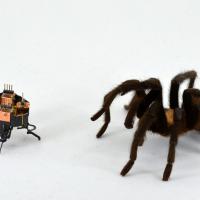
Georgia Tech Researcher Simon Sponberg collaborates to ask why robotic advancements have yet to outpace animals — and look at what we can learn from biology to engineer new robotic designs.

The new technique can be used to study the dynamics of other biomolecules, breaking free of constraints that have limited microscopy to still images of fixed molecules. “This is the first time we are looking at a protein on an individual scale…

A team of Georgia Tech researchers is the first to study the relationship between fluctuations in attention and the brain network…
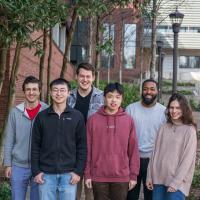
The Quantitative Biosciences graduate program is thrilled to introduce this year’s class of first-year PhD students. These students are currently busy with two rotations this semester, as well as planning the 2024 Hands…

NSF has awarded the interdisciplinary team six years of funding to support the Integrative Movement Sciences Institute. The Institute, which includes a Georgia Tech contingent of researchers led by Co-PI…
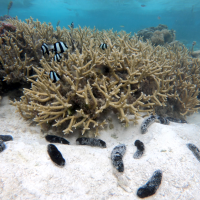
In a first-of-its-kind study, researchers at the Georgia Institute of Technology discovered that sea cucumbers — sediment-eating organisms that function like autonomous vacuum cleaners of the ocean floor — play an enormous…

Georgia Tech chemists are exploring the behavior of a complex protein associated with glaucoma — characterizing one of the largest amyloid-forming proteins to date. The study could lead to more treatment and…

The Natural Products Reports Lectureship recognizes Garg’s outstanding research in the field of natural products: biological…
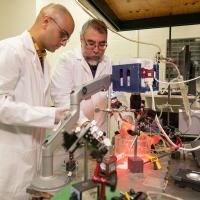
It doesn’t have to be Valentine’s Day for Flavio Fenton to have the heart on his mind. Fenton has been fascinated by the human heart for 30 years.

Congratulations to our QBioS award winners for 2023, who were recognized at the Winter Party on December 6! …
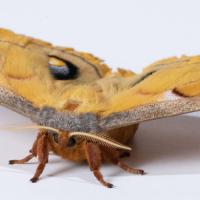
Many insects fly synchronously, matching the nervous system pulses to wing movement. But smaller insects don’t have the mechanics for this and must flap their wings harder, which works only up to a certain point. That’s where asynchronous flight…
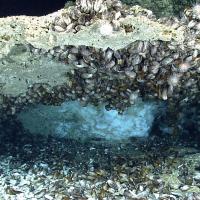
In a groundbreaking study, a team of Georgia Tech researchers has unveiled a remarkable discovery: the identification of novel bacterial proteins that play a vital role in the formation and stability of methane clathrates, which trap…

A newly funded research project, going underway at the Georgia Institute of Technology, might one day lead to the development of a pill or capsule able to boost the effectiveness of traditional vaccines against influenza, which kills as many as…

Mechanics and Morphology of Mammalian Climbing with Applications for Conservation
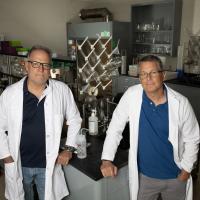
A newly funded research project might one day lead to the development of a pill or capsule able to boost the effectiveness of traditional vaccines against influenza, which kills as many as 52,000 people and leads to hundreds of thousands of…
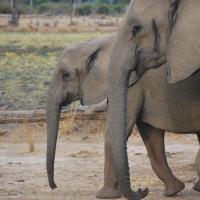
The new research reveals how environmental changes disrupted mammal communities and highlights the urgent need for targeted conservation efforts to protect vulnerable species.